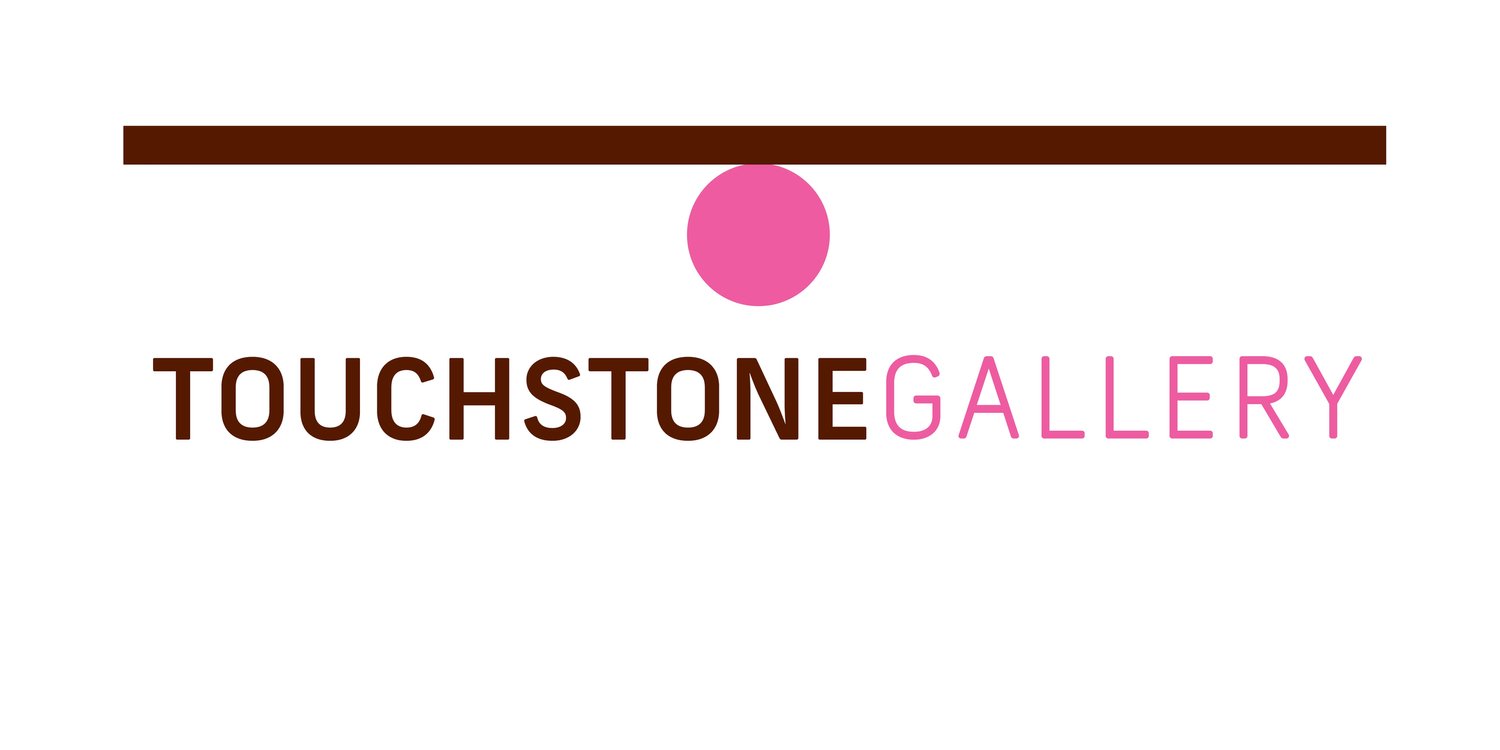When it comes to cameras, Newt More has a hard time choosing his favorite. It might be the pinhole camera or the now extinct Polaroid. Or a digital camera which enables him to use the high dynamic range (HDR) process. Then again, it might be the Holga toy camera, which he is having a lot of fun with these days.
Newt's interest in cameras began during a decades-long career in science. Newt graduated with a BS in zoology from University of Maryland, got his masters in pathology at the Georgetown University, then worked there in a biological lab support job. After that he moved to the George Washington University Medical School clinical research lab where he became familiar with fluorescent confocal microscopy. Somehow working with microscopes parked an interest in photography with hand-held cameras.
"I learned photography backwards," he says, "jumping from the most complex cameras to the simplest." The simplest being pin-hole cameras which he constructs himself by poking holes with a #10 needle in boxes or aluminum pie plates and using them to capture images on film. Though technically referred to as lenseless photography, the pinhole actually acts as the lens. Exposure times are tricky, so this trial-and-error filming requires a lot of patience and a lot of film.
Before Polaroid film became a casualty of the digital revolution, Newt experimented with preemptive exposure times by pulling apart the photo while processing was still going and then transferring the images to various surfaces including wood, just to see what unusual effects he could achieve. He scanned some of those fugitive prints into the computer for fine-tuning before printing out with archival inks on good photography paper. Newt photographs in color as well as black and white, inspired especially by photographer Edward Steichen.
Newt also uses the HDR technique using a regular digital camera. In this case several different exposures of the same scene are taken. Then under- and over-exposed areas are "blended" in the computer to get the dynamic range correct. This method also requires a lot of patience and a competence in Adobe Photoshop.
For now, the Holga 2" x 2" medium format camera has captured his interest. After developing the negatives in the darkroom, he scans them into the computer where he can scale up the size of his black and white prints, blur the edges, or manipulate them in other ways. "Large images have more gravitas," he says. That makes for a lot of hefty photos. About 60 framed prints are now housed in his guest room while an attic studio is undergoing renovations.
Newt likes photographing structural objects in ways that show how things are put together, how they operate. Recently while sifting through old family photographs, his brother pointed out a shot of Newt as a young lad drawing forms very similar to the layered photos he makes today. Thus that early tendency is evident now after a long detour into the world of science.
Photographer Arnold Newman pointed out that "...a lot of photographers think that if they buy a better camera they’ll be able to take better photographs. A better camera won’t do a thing for you if you don’t have anything in your head or in your heart." Newton More not only uses several "better" cameras, but he also has the head and heart needed for making outstanding photographs that reveal the depth of his subject matter in a creative way. Look for Newt More's structural street shots in the MiniSolo Exhibition at Touchstone Gallery, August 1-29, 2014 and other photography images in the monthly Touchstone exhibits. Rosemary Luckett





